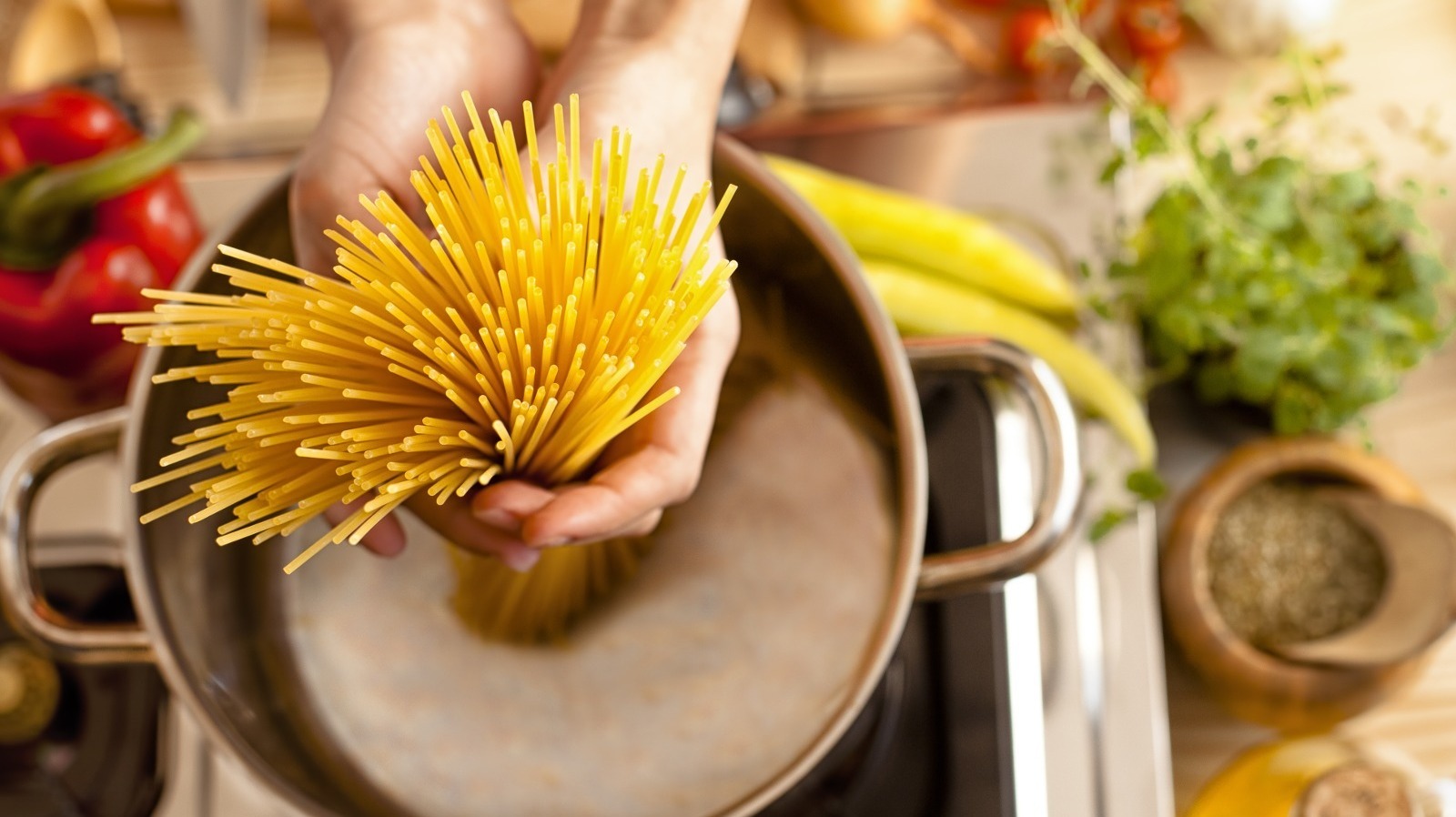'Like a train that can't be stopped': how the climate crisis threatens clams
Clams have long been a source of food and income for a variety of people in Maine: native Wabanaki, commercial fishermen, or anyone willing to dig in the mud. But their populations are in steep decline.
Maine produces 62% of the country's clams. They are the state's second most economically important fishery behind lobster and support the livelihoods of residents along the coast.
Since 1980, however, the number of clams harvested has decreased by nearly 75%, primarily due to green crabs (Carcinus maenas), which feed on clams. These invasive predators, which first arrived in the Gulf of Maine on ships in the 1800s, have seen their populations explode as the climate crisis causes water temperatures to rise, creating the perfect conditions for green crabs thrive.
Research from the Downeast Institute and the University of Maine at Machias in 2018 found that green crabs feasted to such an extent that more than 99% of juvenile clams died before reaching adulthood. The state's clam harvesters worry not only about a loss of income, but also a loss of way of life.

Clams have long been a source of food and income for a variety of people in Maine: native Wabanaki, commercial fishermen, or anyone willing to dig in the mud. But their populations are in steep decline.
Maine produces 62% of the country's clams. They are the state's second most economically important fishery behind lobster and support the livelihoods of residents along the coast.
Since 1980, however, the number of clams harvested has decreased by nearly 75%, primarily due to green crabs (Carcinus maenas), which feed on clams. These invasive predators, which first arrived in the Gulf of Maine on ships in the 1800s, have seen their populations explode as the climate crisis causes water temperatures to rise, creating the perfect conditions for green crabs thrive.
Research from the Downeast Institute and the University of Maine at Machias in 2018 found that green crabs feasted to such an extent that more than 99% of juvenile clams died before reaching adulthood. The state's clam harvesters worry not only about a loss of income, but also a loss of way of life.
What's Your Reaction?






















